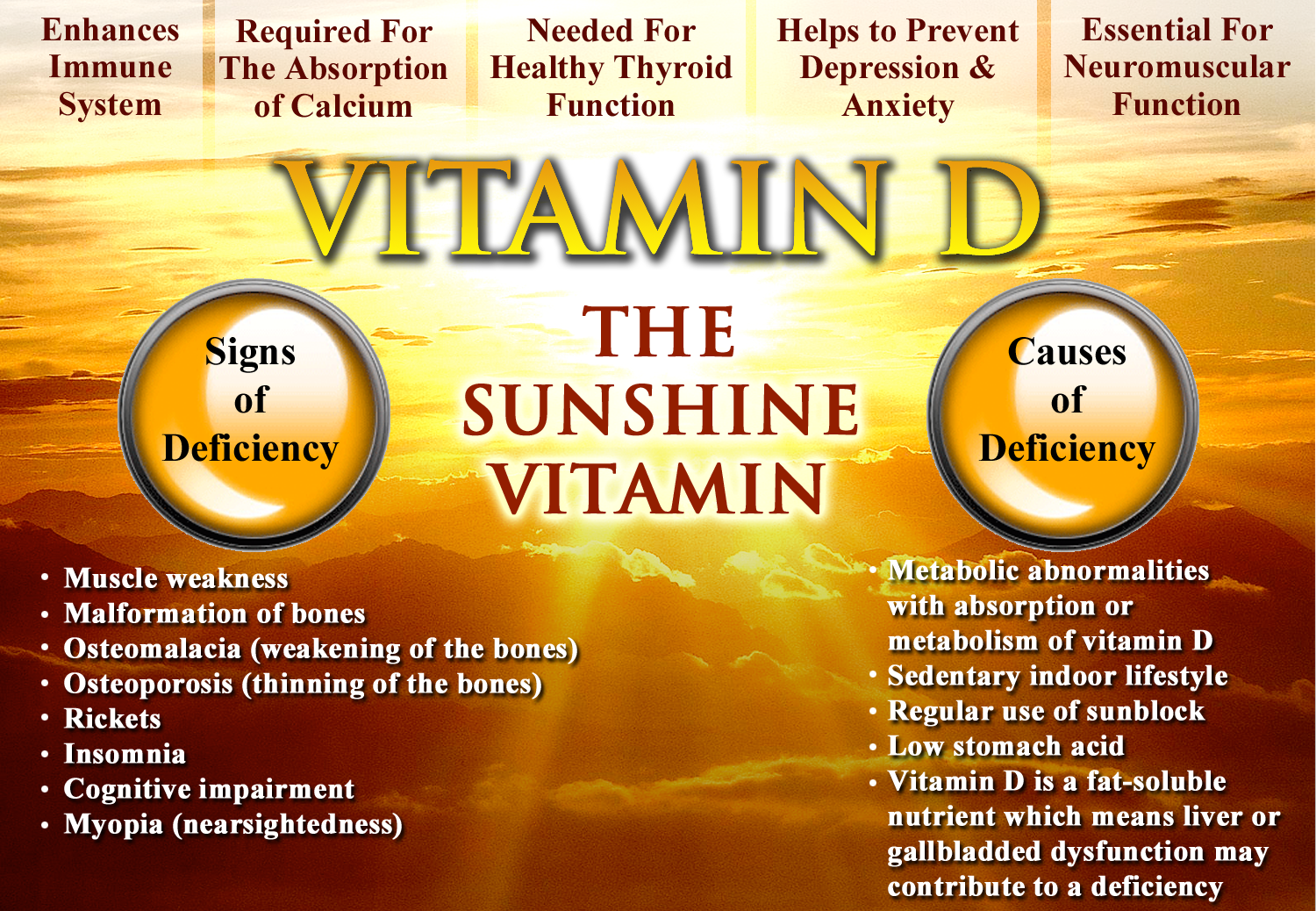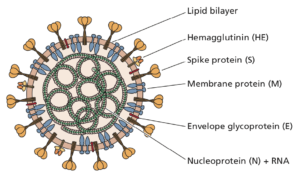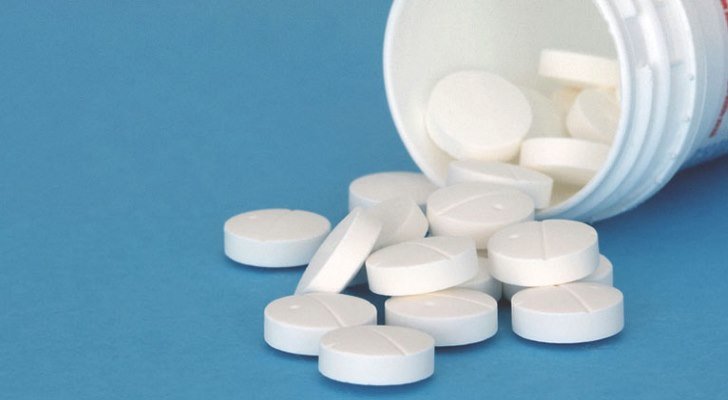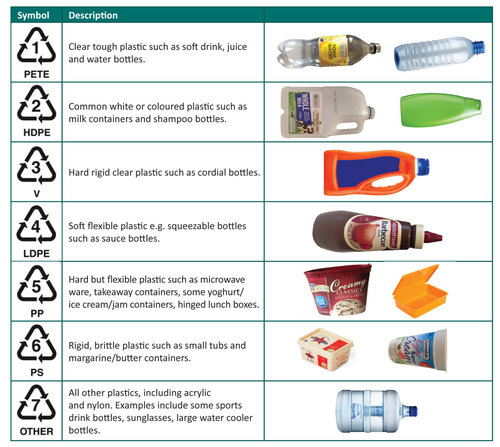Exposure to and accumulation of environmental toxins represents a major challenge to optimizing health in our current environment.
BPA – Bisphenol A is one of these environmental toxins which has received considerable coverage over the last several years.
The article I want to share with you today –from an article posted on the Science Daily website suggests that levels of accumulation in humans has been seriously underestimated.
This article was based upon a published study done at Washington State University and published in The Lancet Diabetes & Endocrinology – the citation is included at the end of this article.
Just before you read this information, here is an excerpt from an abstract on”Health Risk of Exposure to Bisphenol A” (abstract included at the end of this article) on some of the potential issues that exposure to BPA may cause:
” Due to its phenolic structure BPA has been shown to interact with estrogen receptors and to act as agonist or antagonist via estrogen receptor (ER) dependent signalling pathways. Therefore, BPA has been shown to play a role in the pathogenesis of several endocrine disorders including female and male infertility, precocious puberty, hormone dependent tumours such as breast and prostate cancer and several metabolic disorders including polycystic ovary syndrome (PCOS)”
Due to the prevalence of exposure to BPA in our environment – as well as other chemicals and heavy metals periodic monitoring and supervised detox programs to clear out this toxin load are serious considerations for optimizing health and potentially extending healthspan.
Summary:
Researchers have developed a more accurate method of measuring bisphenol A (BPA) levels in humans and found that exposure to the endocrine-disrupting chemical is far higher than previously assumed. The study provides the first evidence that the measurements relied upon by regulatory agencies, including the US Food and Drug Administration, are flawed, underestimating exposure levels by as much as 44 times. Researchers have developed a more accurate method of measuring bisphenol A (BPA) levels in humans and found that exposure to the endocrine-disrupting chemical is far higher than previously assumed.
The study, published in the journal The Lancet Diabetes & Endocrinology
on Dec. 5, provides the first evidence that the measurements relied
upon by regulatory agencies, including the U.S. Food and Drug
Administration, are flawed, underestimating exposure levels by as much
as 44 times.
“This study raises serious concerns about
whether we’ve been careful enough about the safety of this chemical,”
said Patricia Hunt, Washington State University professor and
corresponding author on the paper. “What it comes down to is that the
conclusions federal agencies have come to about how to regulate BPA may
have been based on inaccurate measurements.”
BPA can be found in a wide range of
plastics, including food and drink containers, and animal studies have
shown that it can interfere with the body’s hormones. In particular,
fetal exposure to BPA has been linked to problems with growth,
metabolism, behavior, fertility and even greater cancer risk.
Despite this experimental evidence, the
FDA has evaluated data from studies measuring BPA in human urine and
determined that human exposure to the chemical is at very low, and
therefore, safe levels. This paper challenges that assumption and raises
questions about other chemicals, including BPA replacements, that are
also assessed using indirect methods.
Hunt’s colleague, Roy Gerona, assistant
professor at University of California, San Francisco, developed a direct
way of measuring BPA that more accurately accounts for BPA metabolites,
the compounds that are created as the chemical passes through the human
body.
Previously, most studies had to rely on
an indirect process to measure BPA metabolites, using an enzyme solution
made from a snail to transform the metabolites back into whole BPA,
which could then be measured.
Gerona’s new method is able to directly measure the BPA metabolites themselves without using the enzyme solution.
In this study, a research team comprised
of Gerona, Hunt and Fredrick vom Saal of University of Missouri compared
the two methods, first with synthetic urine spiked with BPA and then
with 39 human samples. They found much higher levels of BPA using the
direct method, as much as 44 times the mean reported by the National
Health and Nutrition Examination Survey (NHANES). The disparity between
the two methods increased with more BPA exposure: the greater the
exposure the more the previous method missed.
Gerona, the first author on the paper, said more replication is needed.
“I hope this study will bring attention
to the methodology used to measure BPA, and that other experts and labs
will take a closer look at and assess independently what is happening,”
he said.
The research team is conducting further
experiments into BPA measurement as well as other chemicals that may
also have been measured in this manner, a category that includes
environmental phenols such as parabens, benzophenone, triclosan found in
some cosmetics and soaps, and phthalates found in many consumer
products including toys, food packaging and personal care products.
“BPA is still being measured indirectly
through NHANES, and it’s not the only endocrine-disrupting chemical
being measured this way,” Gerona said. “Our hypothesis now is that if
this is true for BPA, it could be true for all the other chemicals that
are measured indirectly.”
This study was supported by grants from the National Institutes of Health.
Story Source:
Materials provided by Washington State University. Original written by Sara Zaske. Note: Content may be edited for style and length.
Journal Reference:
- Roy Gerona, Frederick S vom Saal, Patricia A Hunt. BPA: have flawed analytical techniques compromised risk assessments? The Lancet Diabetes & Endocrinology, 2019; DOI: 10.1016/S2213-8587(19)30381-X
Rocz Panstw Zakl Hig. 2015;66(1):5-11.
Health risk of exposure to Bisphenol A (BPA).
Konieczna A1, Rutkowska A1, Rachoń D1.
Abstract
Bisphenol A (BPA) belongs to chemicals
that are produced in large quantities worldwide. It is commonly used as
monomer in polycarbonate synthesis, plasticizer in the production of
epoxy resins, as well as an additive for the elimination of surfeit of
hydrochloric acid during the polyvinyl chloride (PVC) production. BPA is
not only used in the production of plastics intended to a direct
contact with food, including plastic packaging and kitchenware, but also
in inner coatings of cans and jar caps. There are various routes of
human exposure to this substance such as oral, by inhalation and
transdermal. The main sources of exposure to BPA include food packaging
and dust, dental materials, healthcare equipment, thermal paper, toys
and articles for children and infants. BPA is metabolized in the liver
to form bisphenol A glucuronide and mostly in this form is excreted with
urine. Due to its phenolic structure BPA has been shown to interact
with estrogen receptors and to act as agonist or antagonist via estrogen
receptor (ER) dependent signalling pathways. Therefore, BPA has been
shown to play a role in the pathogenesis of several endocrine disorders
including female and male infertility, precocious puberty, hormone
dependent tumours such as breast and prostate cancer and several
metabolic disorders including polycystic ovary syndrome (PCOS).
Because of the constant, daily exposure and its tendency to
bio-accumulation, BPA seems to require special attention such as
biomonitoring. This observation should include clinical tests of BPA
concentration in the urine, which is not only one of the best methods of
evaluation of the exposure to this compound, but also the dependence of
the daily intake of BPA and the risk of some endocrine disorders.
PMID: 25813067




